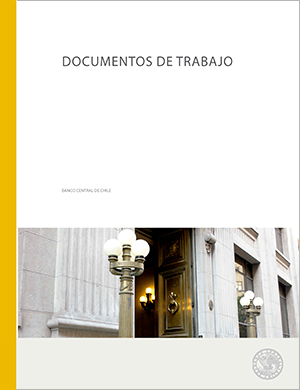Working Papers N°670: An Anatomy of Credit Booms and their Demise
Publications
Working Papers N°670: An Anatomy of Credit Booms and their Demise
Autor: Marco Terrones , Enrique Mendoza
Description
What are the stylized facts that characterize the dynamics of credit booms and the associated fluctuations in macro-economic aggregates? This paper answers this question by applying a method proposed in our earlier work for measuring and identifying credit booms to data for 61 emerging and industrialized countries over the 1960-2010 period. We identify 70 credit boom events, half of them in each group of countries. Event analysis shows a systematic relationship between credit booms and a boom-bust cycle in production and absorption, asset prices, real exchange rates, capital inflows, and external deficits. Credit booms are synchronized internationally and show three striking similarities between industrialized and emerging economies: (1) credit booms are similar in duration and magnitude, normalized by the cyclical variability of credit; (2) banking crises, currency crises or sudden stops often follow credit booms, and they do so at similar frequencies in industrialized and emerging economies; and (3) credit booms often follow surges in capital inflows, TFP gains, and financial reforms, and are far more common with managed than flexible exchange rates.
Working Papers N°670: An Anatomy of Credit Booms and their Demise
Boxes and graphics

